Home » Goose Breeds
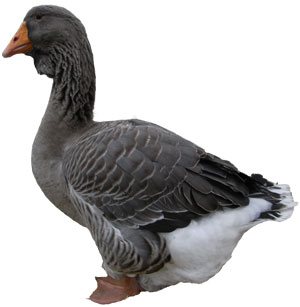
Goose breeds are grouped into heavy, medium and light classes in the waterfowl standards. Commercially, geese are bred for their meat, foie gras and occasionally for speciality eggs, but specialist breeders and keepers of pure geese breeds; providing charming and intelligent pets, useful ‘guard dogs’, efficient ‘lawn mowers’. They can even be used as weeders in organic farming.
Not all white geese you see are Embdens, just as not every white duck is an Aylesbury! But, commercially, many crosses have been created along the way, and it is impossible to tell these apart.
Most of these pictures of geese have been taken at poultry and waterfowl shows. However, I am keen to get photographs of good examples of geese breeds in natural settings. If you specialise in a breed, don’t hesitate to contact me if you can help.
If you are starting out keeping geese, there are many to choose from. Each has its own page where you will find pictures and breed-specific information.
Click on the breed below to go to the breed page.
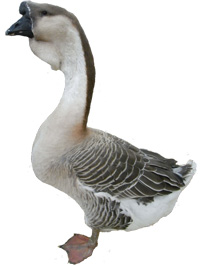
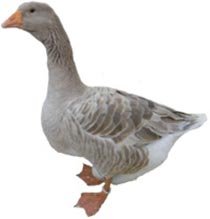


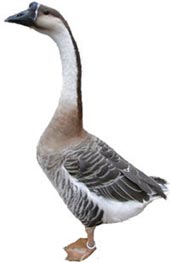




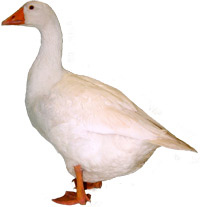

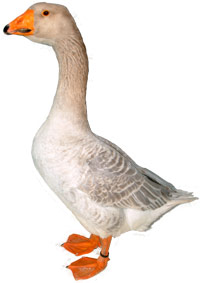
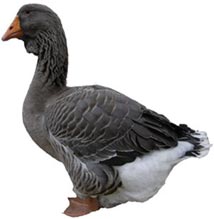
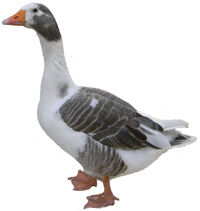
A species is a group of animals that can interbreed and produce fertile offspring. This occurs through natural selection. For example, there are different species of geese found in the wild (called wildfowl) and by specialist breeders in captivity (called ornamental geese or ornamental wildfowl).
A breed is a domesticated subset of a species. It is used to describe domestic animals that have been artificially bred for specific qualities and characteristics for several generations until they breed true.
The greylag goose (Anser answer) is believed to be the ancestor of our domestic geese breeds, except for the African and Chinese Geese, which are believed to be descended from the Chinese swan goose.
There are a staggering 162 species of ducks, geese and swans in the wild today. They are classified under the Anseriformes family, which ranges dramatically from small teals to swans and geese.
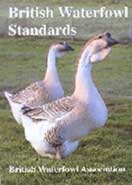 There are four breed standards for geese in the world:
There are four breed standards for geese in the world:
These breed pages are based on British breed standards, although others are usually similar.
Breeds of Domestic geese are classified in the UK by the British Waterfowl Standards. They align with the Poultry Club of Great Britain Standards.
Goose breeds are categorised into different classes. When entering them into shows, there are often prize cards for different classes and individual breeds.
The British Waterfowl Association Standards (and the Poultry Club of Great Britain Poultry Standards) have three classes of geese:
Besides my own photos, I have to give an extra special thank you to Rupert Stephenson, poultry photographer who has worked with me to capture some of the pictures for this duck breeds guide. Most importantly, I would also like to thank the British Waterfowl Association and Poultry Club of Great Britain for allowing Rupert and me to photograph their ducks at various poultry and waterfowl shows over the years.
Images are Copyright
Please do not use these images without permission.